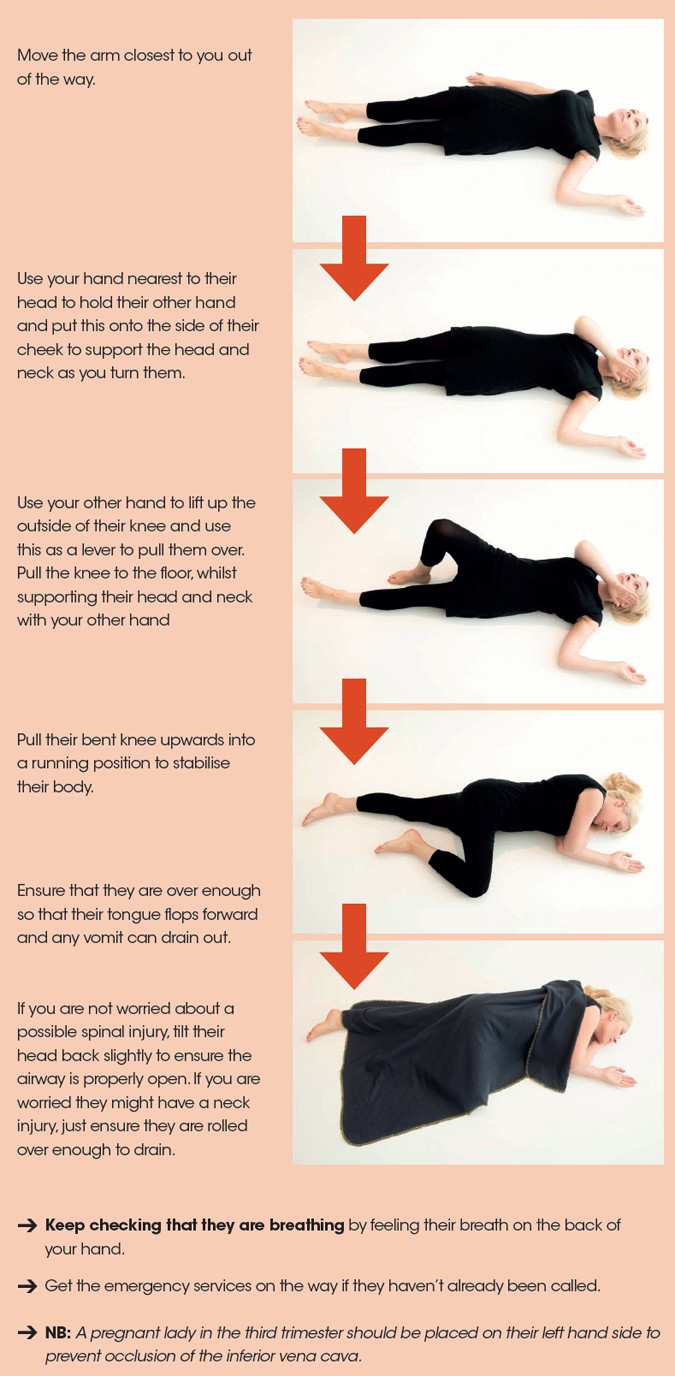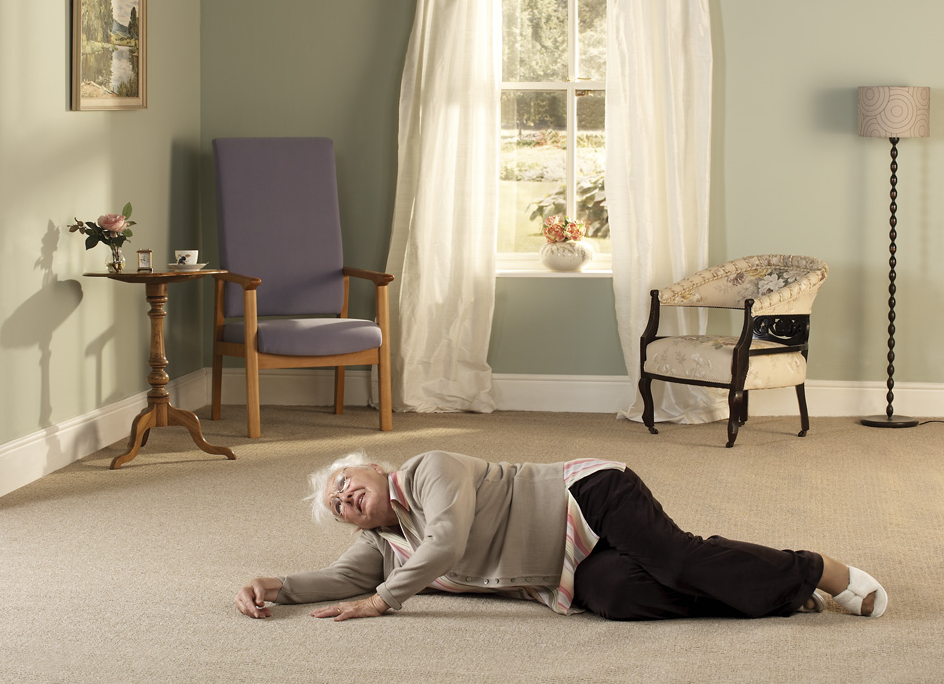Patient Is Lying Supine On The Ground; He Is Unresponsive And Does Not
Which of the following should be done first. However if the aphasia is isolated the patient can be alert able to communicate nonverbally and able to perform meaningful tasks.
When you arrive you find three patients.

Patient is lying supine on the ground; he is unresponsive and does not. The third patient is sitting on the ground holding the sides of his head. He is unresponsive and does not appear to be breathing. The second patient is ambulatory appears confused and is holding his arm against his chest.
The first patient is lying supine on the ground. He is unresponsive and does not appear to be breathing. The third patient is sitting on the ground holding the sides of his head.
You find the patient lying supine on the living room floor. The third patient is sitting on the ground holding the sides of his head. He is unresponsive and does not appear to be breathing.
The second patient is ambulatory appears confused and is holding his arm against his chest. If someone is not responding to you and you think they are unresponsive ask loudly. The second patient is ambulatory appears confused and is holding his arm against his chest.
The third patient is sitting on the ground holding the side of his head. Your assessment reveals him to be unresponsive not breathing and pulseless. The first patient is lying supine on the ground.
Technically its not really redundant to say lying supine ie. When you arrive you find three patients. He is unresponsive and does not appear to be breathing.
He is unresponsive and does not appear to be breathing. Supine although its hard to be supine if youre not actually laying down. The second patient is ambulatory appears confused and is holding his arm against his chest.
The first patient is lying supine on the ground. The second patient is ambulatory appears confused and is holding his arm against his chest. He is unresponsive and does not appear to be breathing.
You are by yourself and have no other supplies or equipment. If they dont respond pinch their earlobe or gently shake their shoulders. The third patient is sitting on the ground holding the sides of his head.
With the patient supine. The second patient is ambulatory appears confused and is holding his arm against his chest. When you arrive you find three patients.
She is not moving and her eyes are closed. After calling for backup you should. When you arrive you find three patients.
The third patient is sitting on the ground holding the sides of his head. The third patient is sitting on the ground holding the sides of his head. He is unresponsive and cyanotic and he is making obvious respiratory effort without moving adequate amounts of air.
The first patient is lying supine on the ground. The second patient is ambulatory appears confused and is holding his arm against his chest. You and your partner Larry are.
The first patient is lying supine on the ground. He is unresponsive and does not appear to be breathing. A neighbor tells you that she found the patient this way but did not move her.
Therefore such an individual is not truly unresponsive. He is lying on the ground and dressed in shorts and a T-shirt. Upon arriving at the residence of an elderly female who apparently fainted you find the patient lying supine on her living room floor.
The first patient is lying supine on the ground. The third patient is. A The armpit-forearm drag B The shirt drag.
The first patient is lying supine on the ground. On your arrival the patient is lying on her back with no signs of trauma has vomited and has slow wet sounding r. The second patient is ambulatory appears confused and is holding his arm against his chest.
Unresponsive and breathing What to look for. He is unresponsive and does not appear to be breathing. An empty bottle of hydromorphone Dilaudid is found on an adjacent table.
Are you alright or Open your eyes. After calling for backup you. The opposite is prone stomach to floor.
Open the patients airway using a head-tilt chin-lift maneuver. A Assist ventilations with a bag-valve-mask device and supplemental oxygen. The second patient is ambulatory appears confused and is holding his arm against his chest.
When you arrive you find three patients. The first patient is lying supine on the ground. Your unit and law enforcement officers arrive at the scene simultaneously.
You have arrived on the scene at a high school football field where a 17-year-old male is lying on the ground. When you arrive you find three patients. A patient must be removed immediately from a structure that is on the verge of collapse following an explosion.
What type of move would be most appropriate in this situation. As a medical term supine denotes a position or orientation eg. He is unresponsive and cyanotic.
On the way you come across a group of people standing around a male patient who collapsed and is on the ground. You find a middle-aged unresponsive man lying prone on the ground near a ladder. He is unresponsive and does not appear to be breathing.
When you arrive you find three patients. The second patient is ambulatory appears confused and is holding his arm against his chest. When you arrive you find three patients.
The third patient is. He is unresponsive and does not appear to be breathing. A bystander states that the patient collapsed less than a minute earlier.
He is unresponsive and does not appear to be breathing. When you arrive you find three patients. The first patient is lying supine on the ground.
The first patient is lying supine on the ground. With this condition a patient may appear to be unresponsive as such a patient does not follow commands and is unable to communicate verbally. What are you doing.
The first patient is lying supine on the ground. The second patient is ambulatory appears confused and is holding his arm against his chest. The third patient is.

Part 3 Adult Basic Life Support Circulation

Part 3 Adult Basic Life Support Circulation

Chapter 8 Lifting And Moving Patients Flashcards Quizlet

How To Put An Adult In The Recovery Position St John Ambulance

Part 6 Advanced Cardiovascular Life Support Circulation

A Guide To The Recovery Position Bdj Team

Exemplary Illustration Of One Out Of 40 Different Dummy Description Download Scientific Diagram

Exemplary Illustration Of One Out Of 40 Different Dummy Description Download Scientific Diagram

Chapter 12 Primary Assessment Flashcards Quizlet

Part 9 Pediatric Basic Life Support Circulation

6 Reasons An Elderly Resident Should Never Be Left On The Floor


Post a Comment for "Patient Is Lying Supine On The Ground; He Is Unresponsive And Does Not"